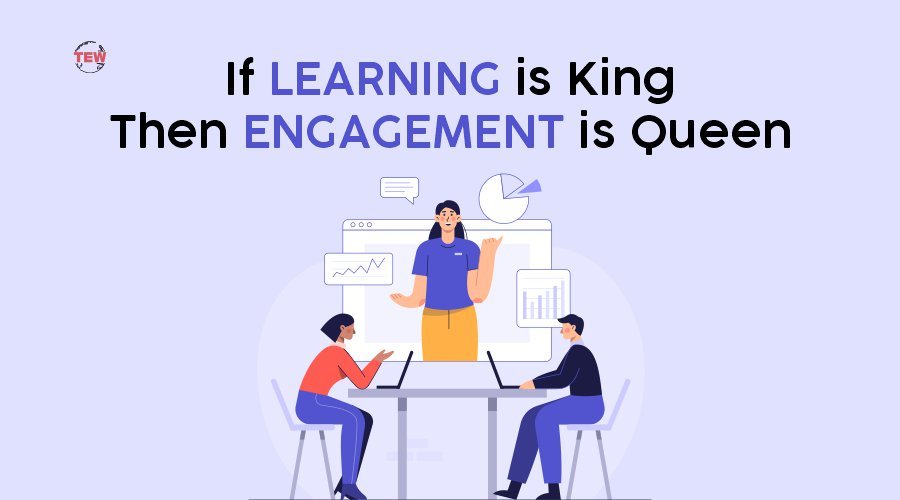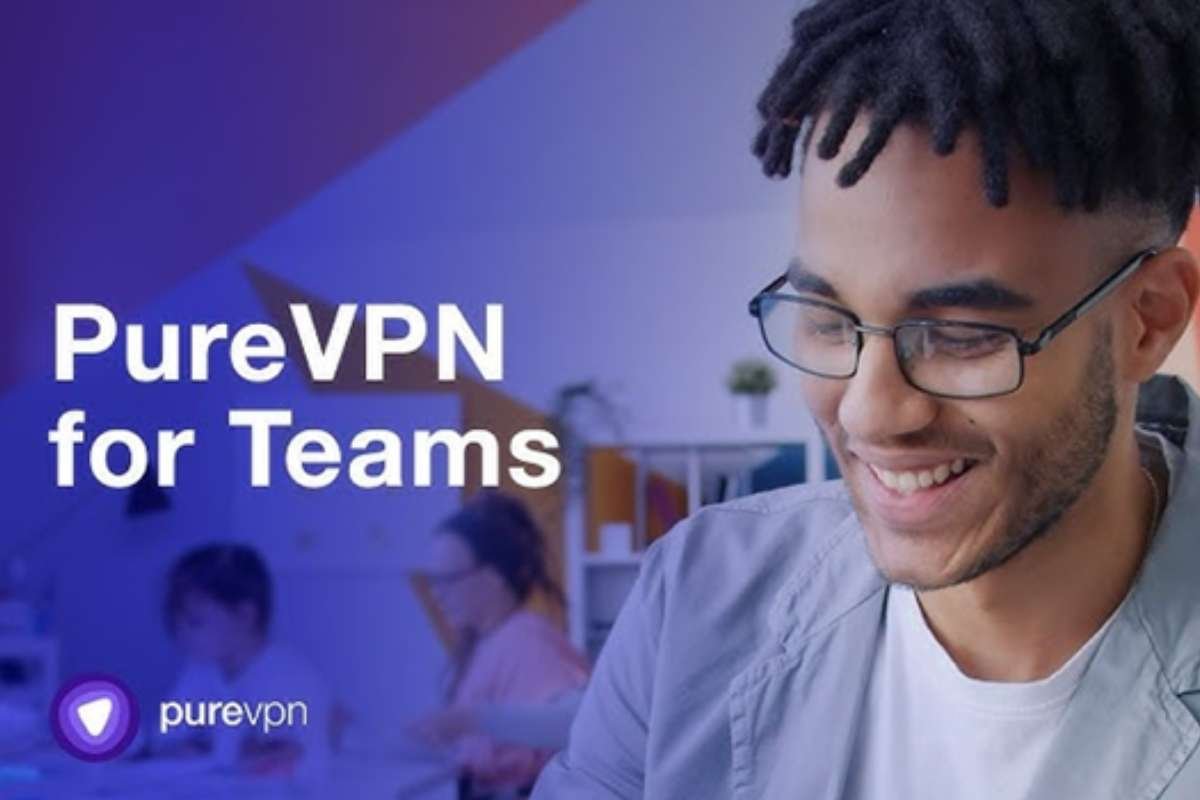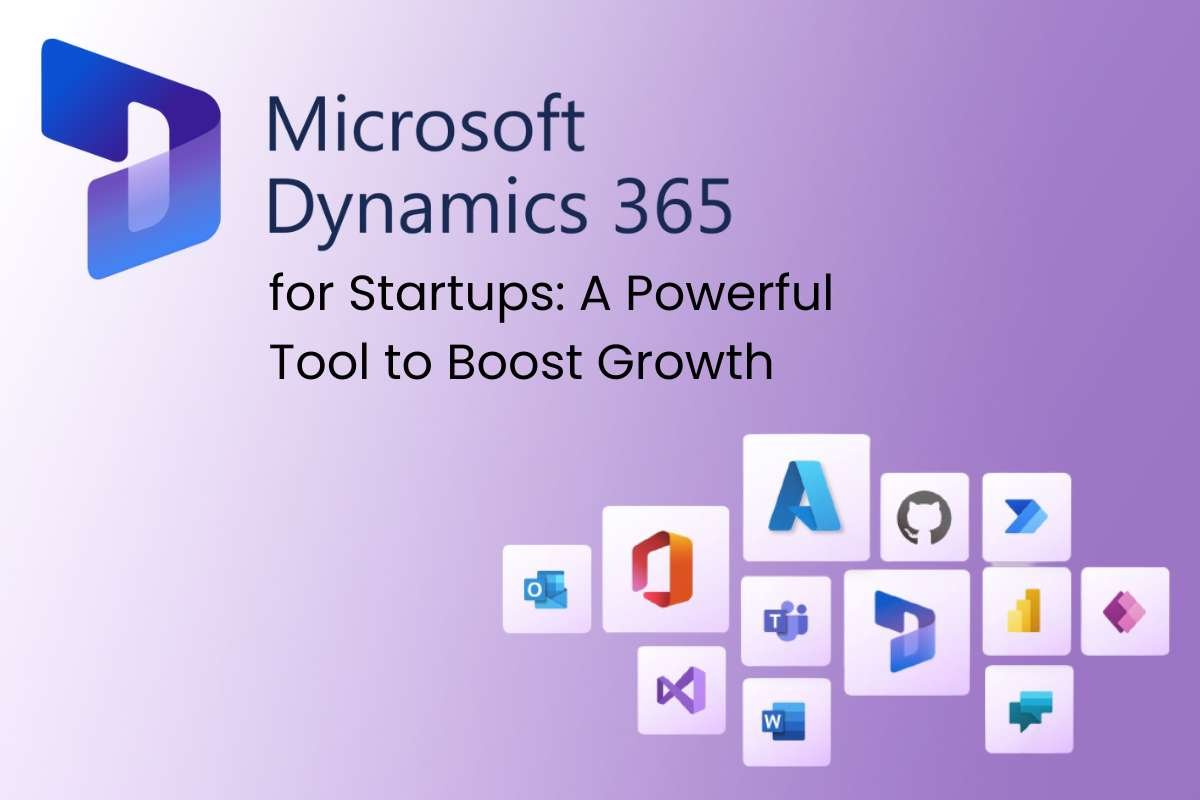If Learning is King Then Engagement is Queen
A quote by Ben Franklin is still relevant today: “Tell me and I forget. Teach me and I remember. Involve me and I learn.”
As technology continues to allow more efficiencies and its effectiveness continues to confirm, companies are adopting the digital world as an alternative to being held hostage to real estate investments.
Many companies have committed to continuing virtual work and learning environments because they saw performance increase by as much as 47%. Other companies have taken notice of the significant environmental impact, as proven during the initial COVID pandemic that shut world travel down, creating an 11% decline in CO2 emissions.
And, most employees work from home. We know that happy employees are more productive and engaged. A survey by Owl Labs found that the overwhelming majority of employees prefer working from home. Why wouldn’t they? They save between $2,000 and $6,000 per year in work-based expenses. This significantly reduces the frustration of rush hour traffic, and the loss of several hours from their day. In fact, employees gained back an average of 8.5 hours of personal time per week.
However, using a blended or virtual learning approach is not without its challenges when it comes to ensuring training has the same impact virtually that it does when you have people in a training room. Technology designed specifically for virtual training can actually provide more tools than a conference room or a training room.
When you include the ability to “quiz” the group real-time and get immediate results back, along with automatically capturing engagement analytics, technology can significantly assist in understanding your training program results.
Engagement and Activity-Based Learning
Social interaction is a huge component to successful training. This is often more important for participants than for trainers. Engagement and activity-based learning can be viewed as difficult using many of the online products that everyone is familiar with. While these web-conferencing systems offer the ability to get people together in a session, the ability to get the type and quality of engagement and social learning gets overlooked.
Virtual training requires specialized skills. Trainers should be trained and coached so they are comfortable managing a virtual training program. They also need to be trained on the technology that is being used. The biggest failure of virtual (online) trainers is just not knowing the tools they are using. Proficiency and comfort using the technology is as important as knowing the subject matter being covered.
This happens when proper training on the platform is done. And also, the trainers spend time familiarizing themselves with it, practicing in it, and becoming proficient in it.
4 Ways To Enhance Student Engagement In A Virtual Classroom
In most online training, the presenter is in control of “all things”. Short of a chat board, traditional online solutions puts 100% control in the hands of the trainer. This leaves participants isolated, with little to nothing to do. Boredom quickly sets in. Using technology that gives participants an opportunity to review information and own their learning experience is much more powerful.
These tools that encourage participation. They also help trainers get everyone engaged are a natural part of technologies that were built specifically for training and learning.
A strategy that works well for engagement is small group project-based programs. Using virtual breakout rooms that move participants into small groups encourages engagement and learning. Having participants “own their learning experience by working during training” increases attention, engagement, knowledge transfer, and retention.
As you’re looking at the best solution for group learning, be sure to evaluate technology that gives you easiest and robust options. Not all breakout rooms are equal.
It’s difficult to get everyone engaged in a face-to-face setting, and even more difficult in a virtual world. Using different tools and tactics to encourage participation can mean the difference between a well-trained team producing excellent results or one that’s producing just enough to get by.
“An organization’s ability to learn and translate that learning into action rapidly is the ultimate competitive advantage.”
—Jack Welch (former CEO of General Electric)
If learning is King, engagement is Queen. You cannot have one without the other.





